Delvaux unveils museum-meets-store Brussels flagship
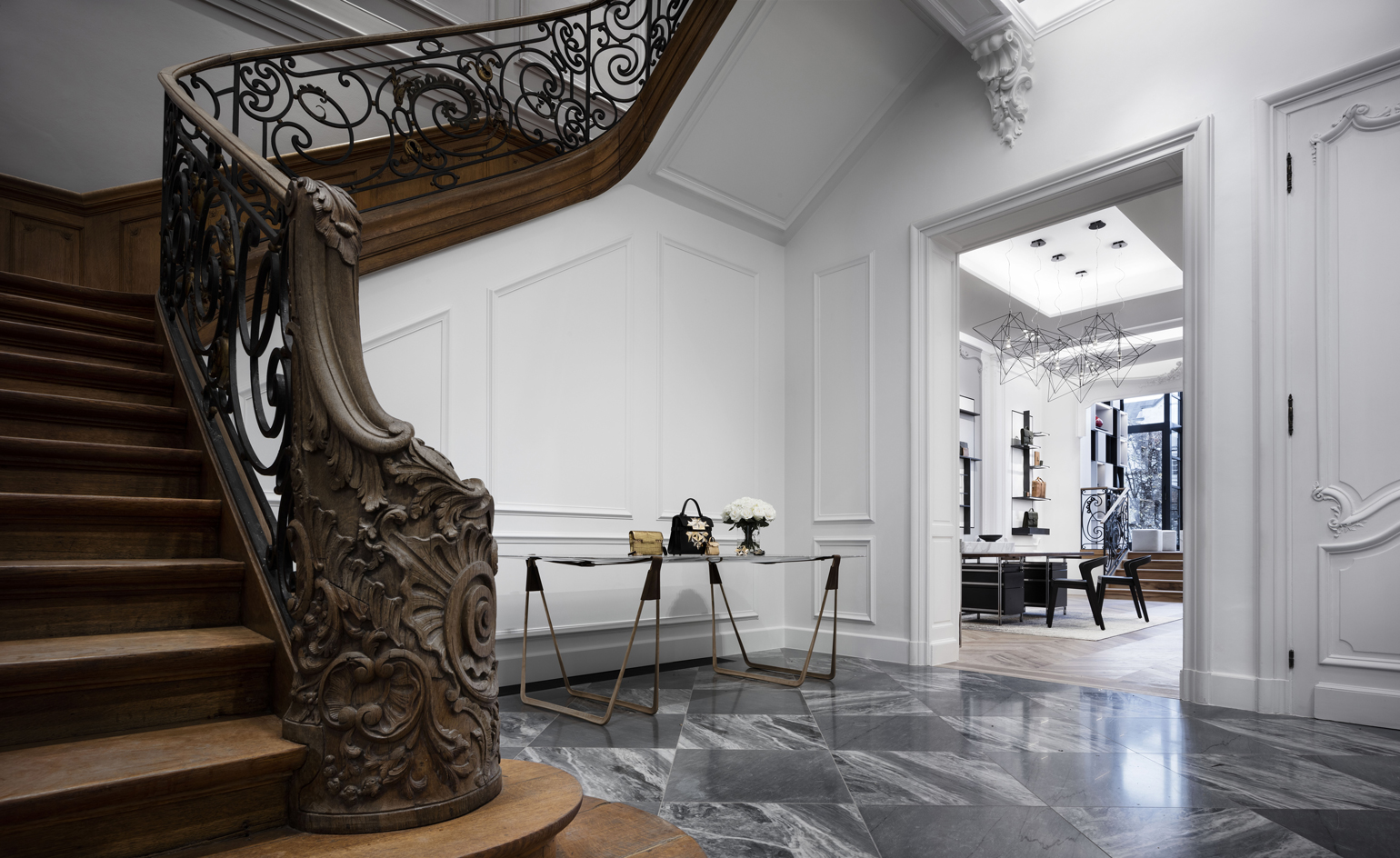
Leather goods sit alongside works of art at Delvaux’s new flagship store, Le 27, on Brussels’ Boulevard de Waterloo. Housed inside a grand townhouse, the store functions not only as a showcase for the Belgian leather brand’s collections, but also furniture and artworks from the 20th century to present day.
The museum-meets-store concept was conceived by Italian studio Vudafieri-Saverino Partners, who have worked on the Belgian leather brand’s stores since 2012, completing boutiques in Paris, London, Shanghai, Tokyo and Dubai.
‘Delvaux is the oldest luxury leather goods house in the world, founded nearly in the same period as when this building was built,’ explained the architects, who took care to preserve the Le 27 house’s original features. ‘They share the same elegance and attitude. The historical allure of the building has played an essential role to give us the opportunity to explore new languages between classic and modern.’
The space provided a spectacular canvas with its four-metre-high ceilings, grand staircase, elaborate mouldings, frescoes and art deco skylight.
On top of this, Vudafieri-Saverino Partners used fixtures and fittings to bring a contemporary edge. The grid-like wall displays, they explain, are conceived as abstract paintings whose design is a tribute to Mondrian's De Stijl artistic movement.
Furniture by 20th-century masters such as Jules Wabbes, Pieter de Bruyne, Renaat Braem, Emiel Veranneman pepper the space while an entire room is dedicated to pieces by contemporary Belgian designers such as Nathalie Dewez, Alain Berteau and Ben Storms.
Displayed between the ground and the first floor are a series of archival pigment prints by the Argentine artist Romina Ressia, and a collection of 20th-century Belgian pottery is displayed across walls and surfaces.
‘Designing a retail concept for a fashion brand is all about capturing its identity and values, and transferring it into a space concept, into colours, materials, volumes,’ reflect the designers.
‘Delvaux asked us to forge their first visual retail identity and then to evolve it according to the cultural reference of each space, town or country in which they opened a new boutique. Therefore we have to be even more careful and focused on those inner, core values, maintaining them while we change our visual language to incorporate a whole series of cultural references from different sources, aiming to make each shop a unique experience, new and memorable at same time.’
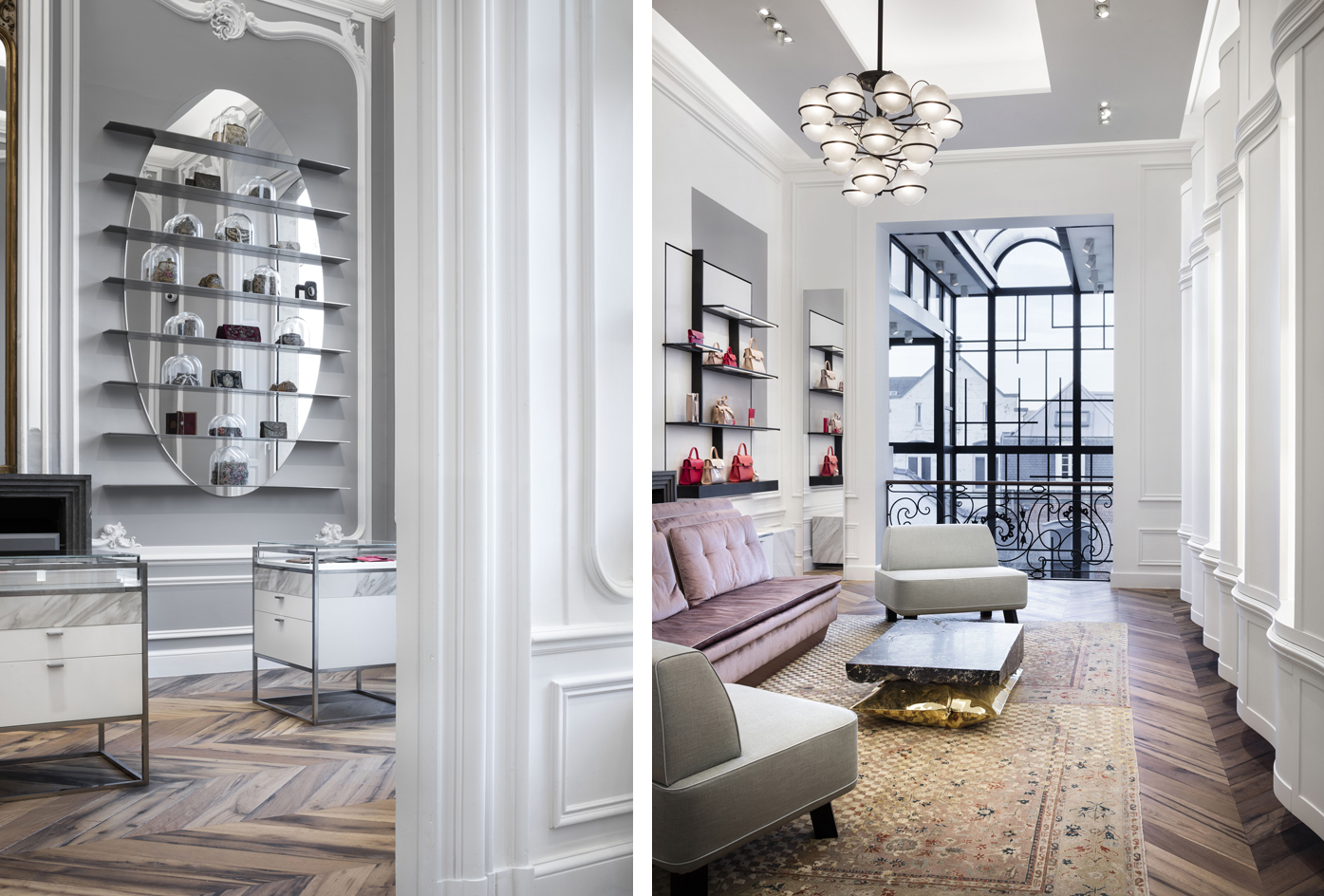
The space lies halfway between a concept store and an art gallery
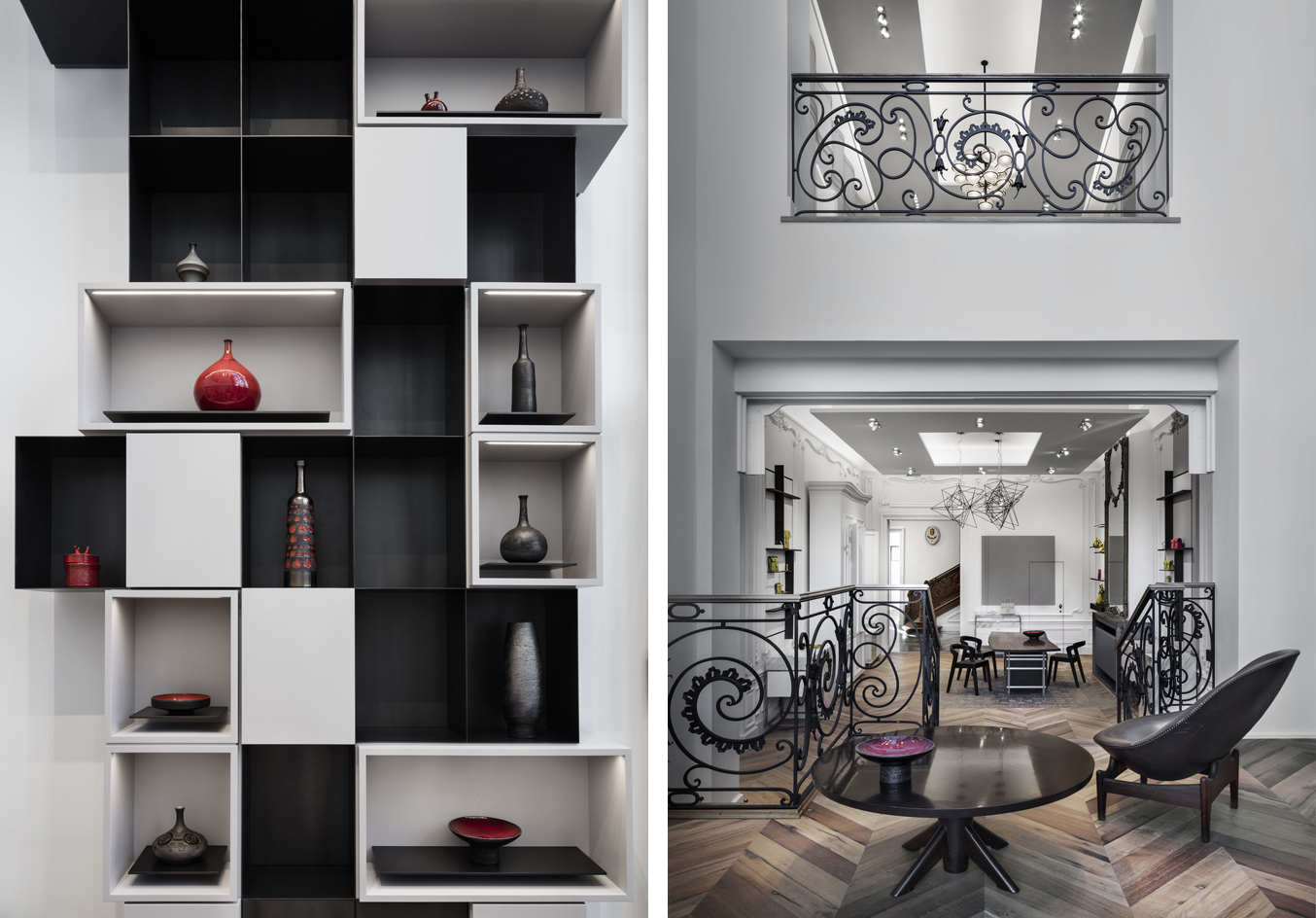
20th century Belgian ceramics sit on the grid-like wall displays, a tribute to Mondrian's De Stijl artistic movement
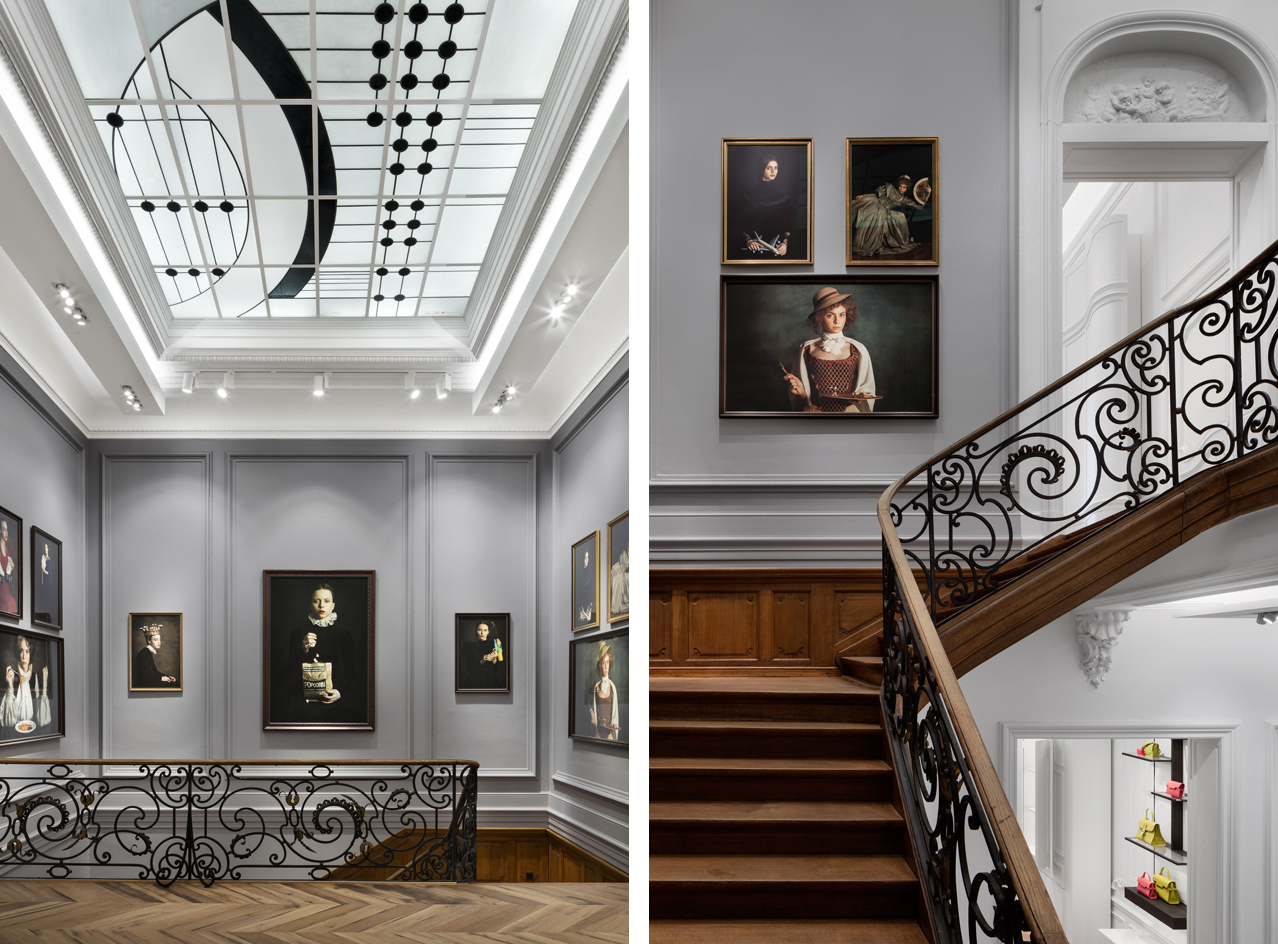
Photographs and archival prints by Romina Ressia appear as ancient paintings from afar
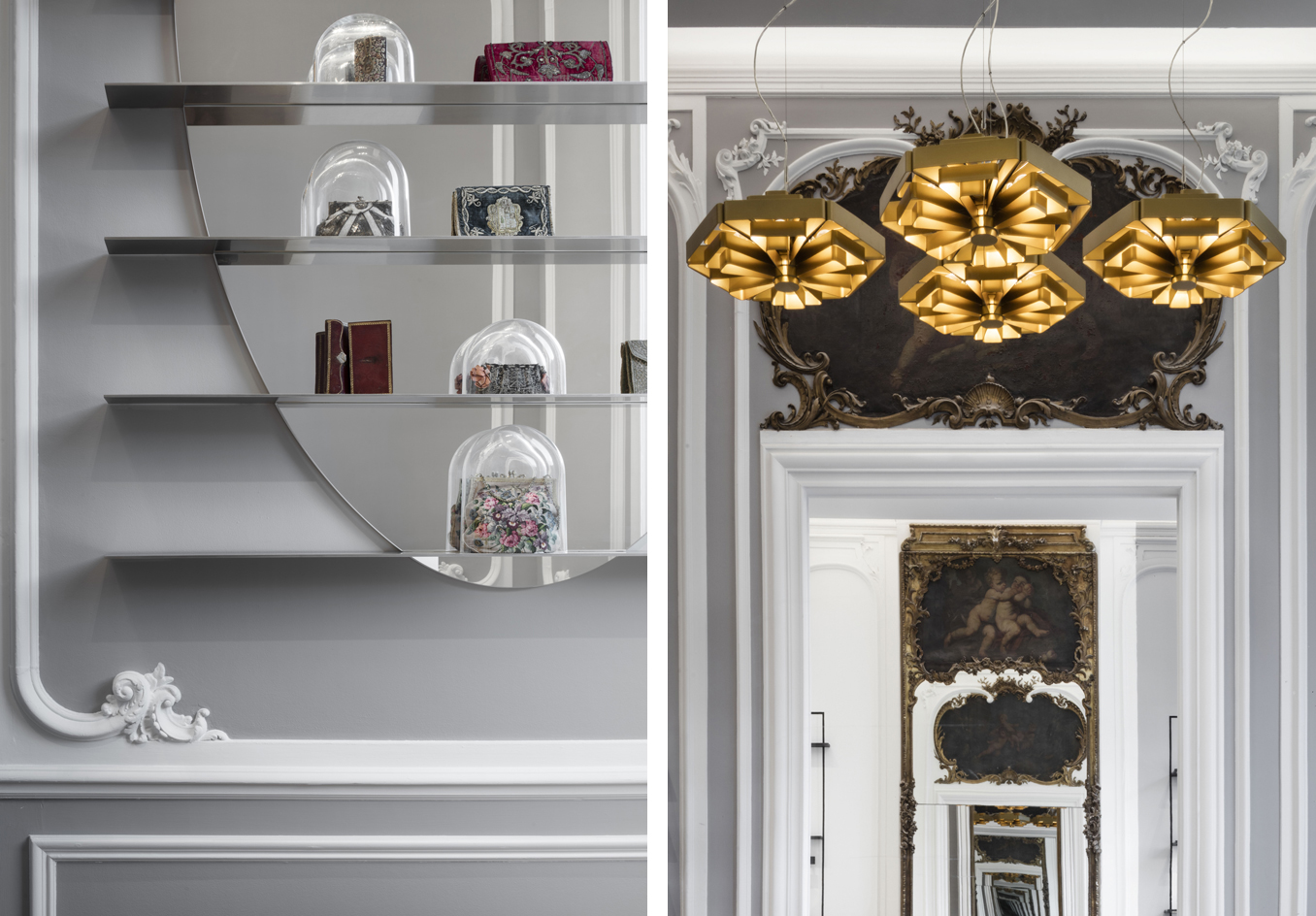
Historical lighting pieces by Nathalie Dewez and Gino Sarfatti hang from the ceiling
Receive our daily digest of inspiration, escapism and design stories from around the world direct to your inbox.
Ali Morris is a UK-based editor, writer and creative consultant specialising in design, interiors and architecture. In her 16 years as a design writer, Ali has travelled the world, crafting articles about creative projects, products, places and people for titles such as Dezeen, Wallpaper* and Kinfolk.
-
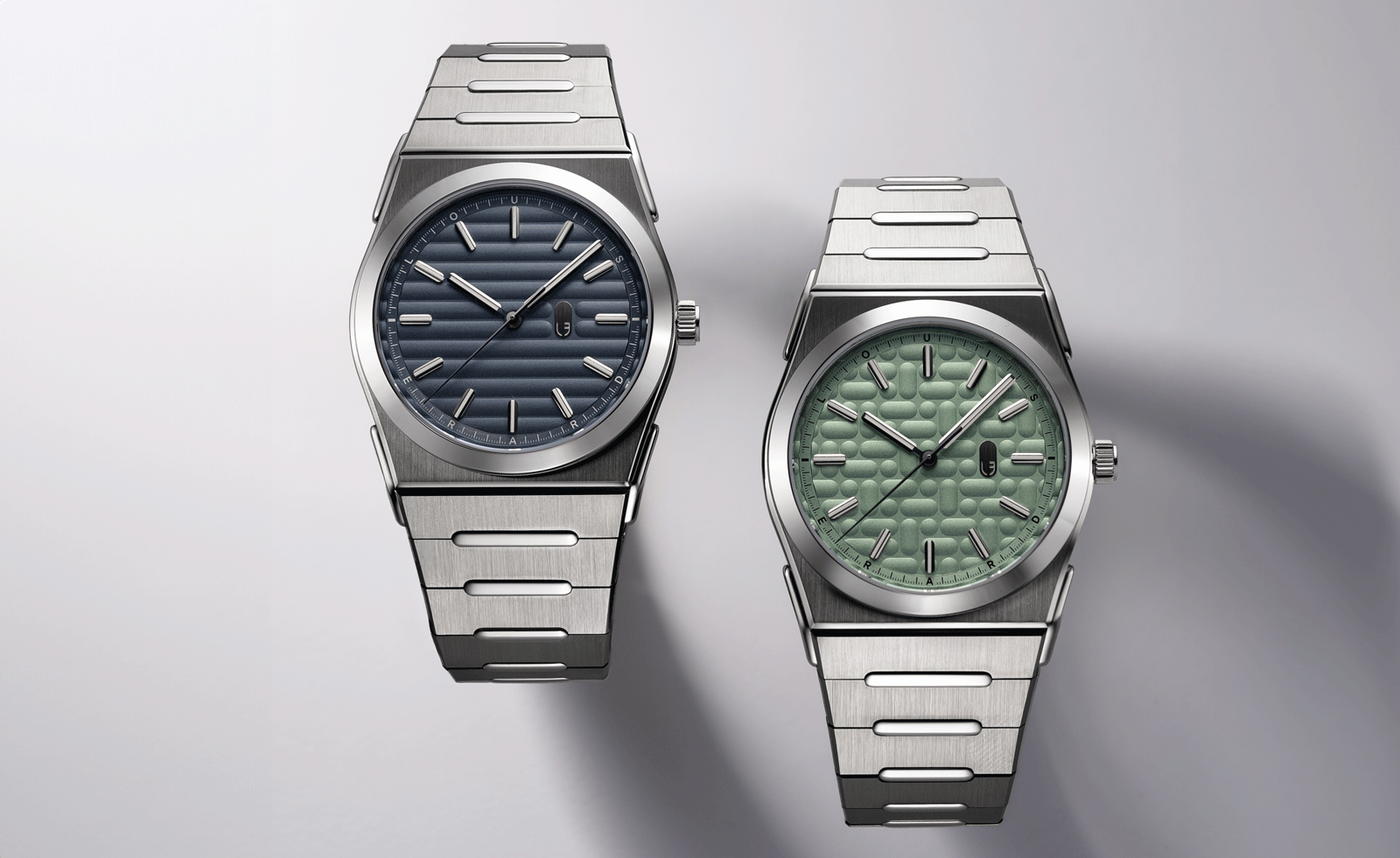 Five watch trends to look out for in 2026
Five watch trends to look out for in 2026From dial art to future-proofed 3D-printing, here are the watch trends we predict will be riding high in 2026
-
 Five destinations to have on your radar this year
Five destinations to have on your radar this yearThe cultural heavyweights worth building an itinerary around as culture and creativity come together in powerful new ways
-
 Dublin-based designer Cara Campos turns abandoned bicycles into sleekly minimal furniture pieces
Dublin-based designer Cara Campos turns abandoned bicycles into sleekly minimal furniture piecesWallpaper* Future Icons: Saudi-raised Irish/French designer Cara Campos' creative approach is rooted in reuse, construction and the lives of objects
-
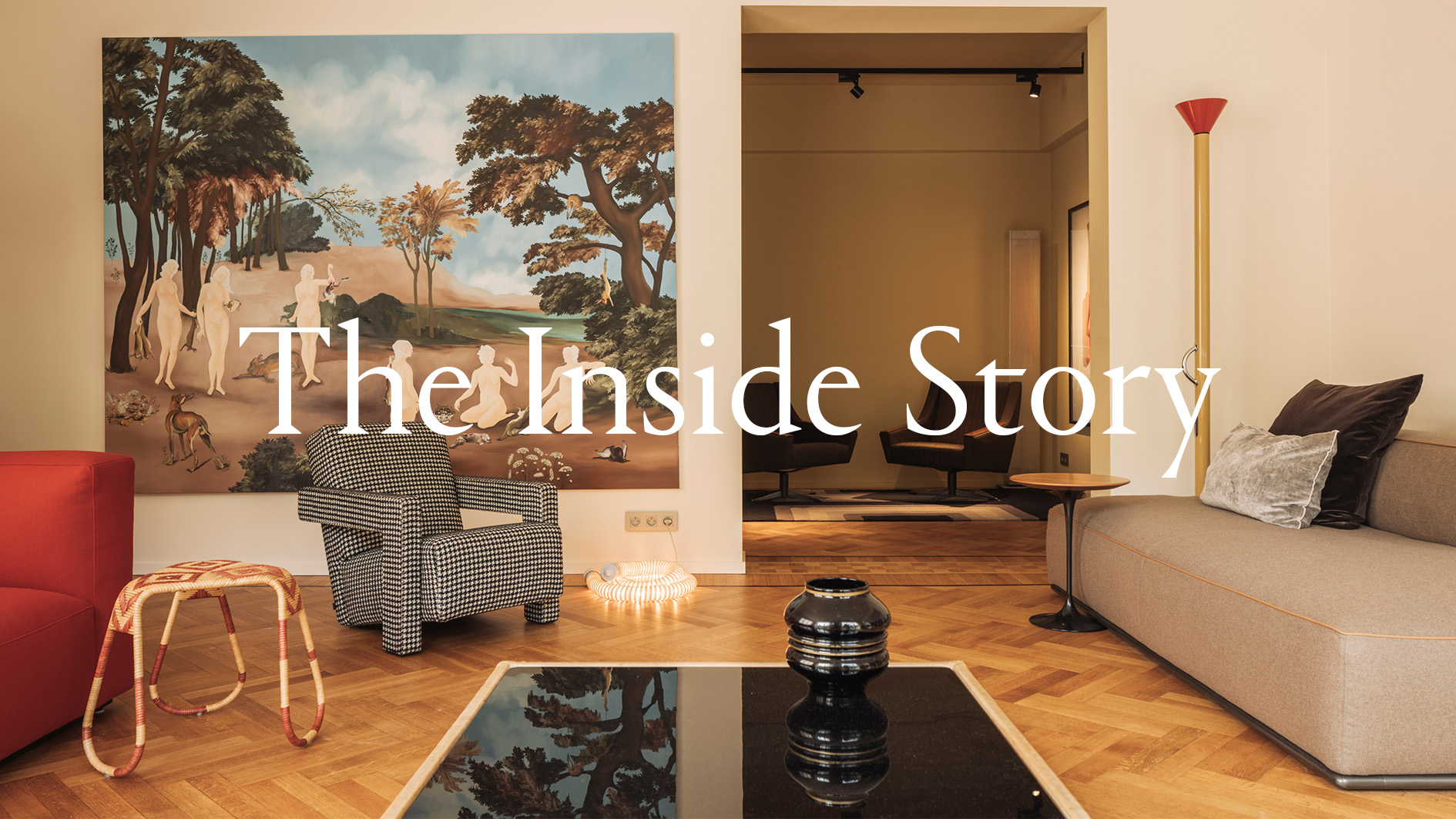 Inside the soothing Brussels apartment of a local fashion entrepreneur
Inside the soothing Brussels apartment of a local fashion entrepreneurThe founder of a Belgian fashion boutique wanted no whisper of work in her newly designed home, by Merijn Degraeve; the result is a serene sanctuary where she can truly unwind
-
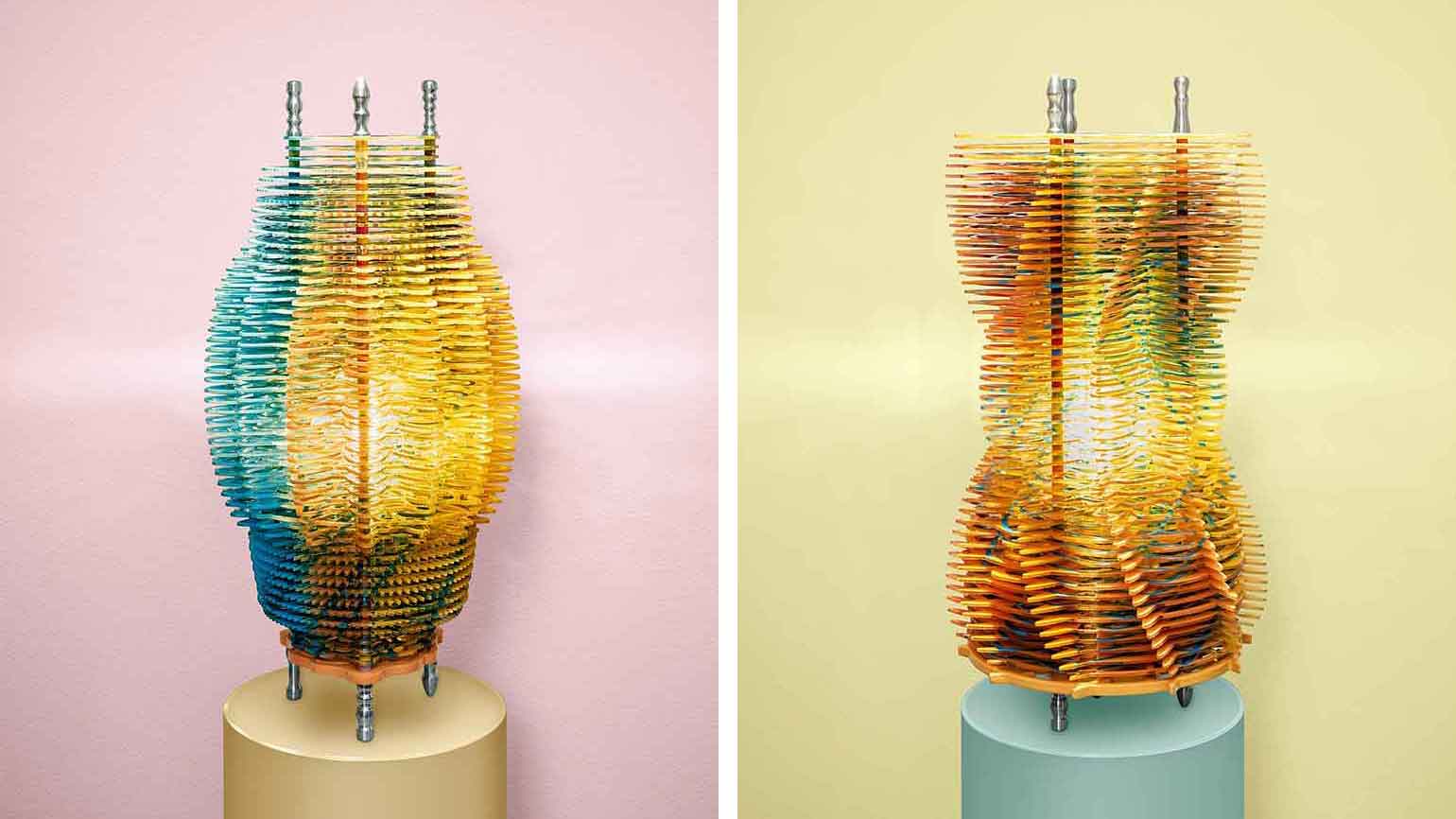 Taschen tantalises with new edition of Jorge Pardo’s ‘Brussels Lamps’
Taschen tantalises with new edition of Jorge Pardo’s ‘Brussels Lamps’German publishing house Taschen launches a limited-edition series of five ‘Brussels Lamps’ by Cuban-American artist Jorge Pardo
-
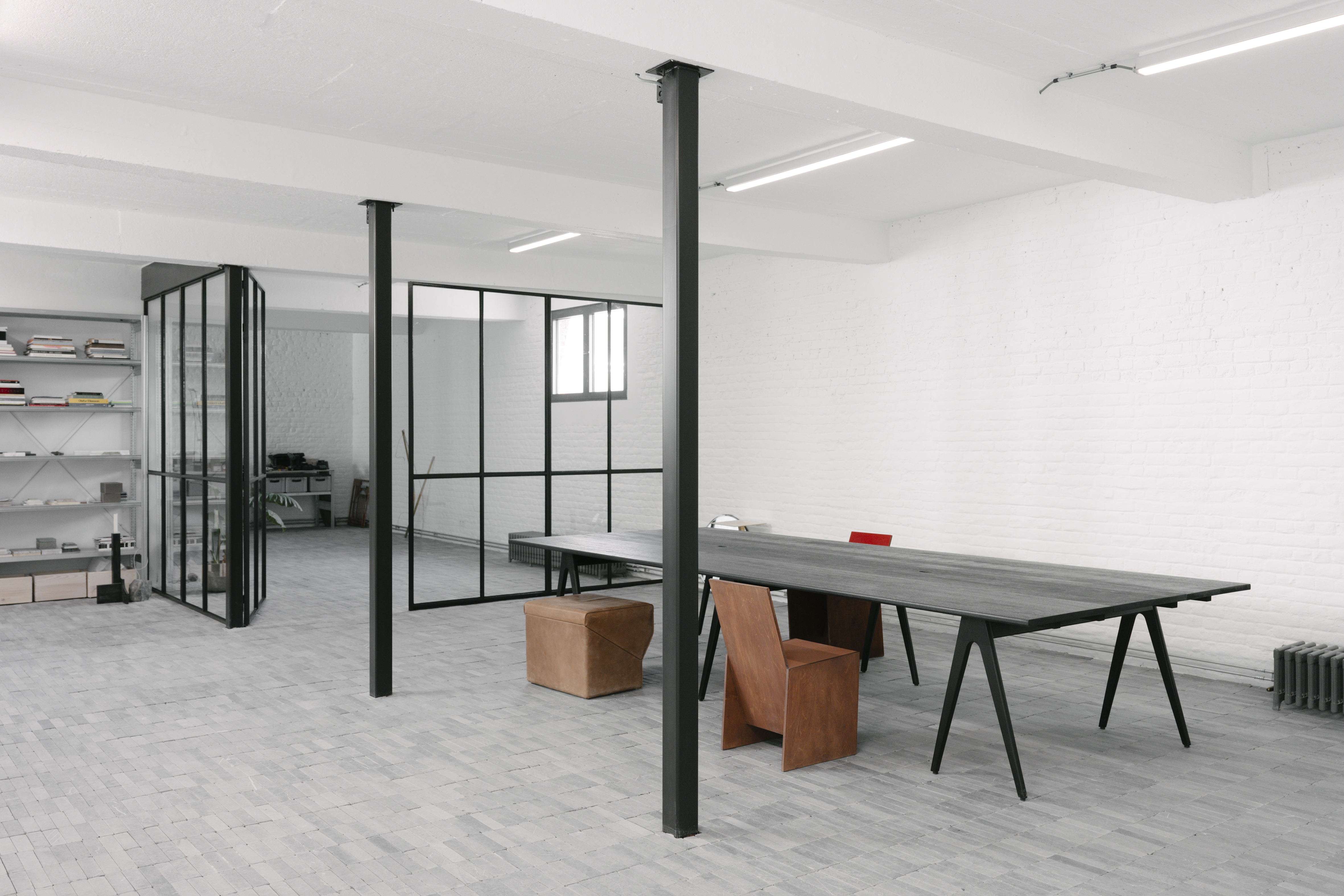 Studio Khachatryan and Harlan Levey Projects open art and design space in Brussels
Studio Khachatryan and Harlan Levey Projects open art and design space in BrusselsDesigner Noro Khachatryan unveils his new Brussels studio space, a shared space that serve as a blank canvas to display his furniture pieces as well as art exhibitions curated by local gallery Harlan Levey Projects
-
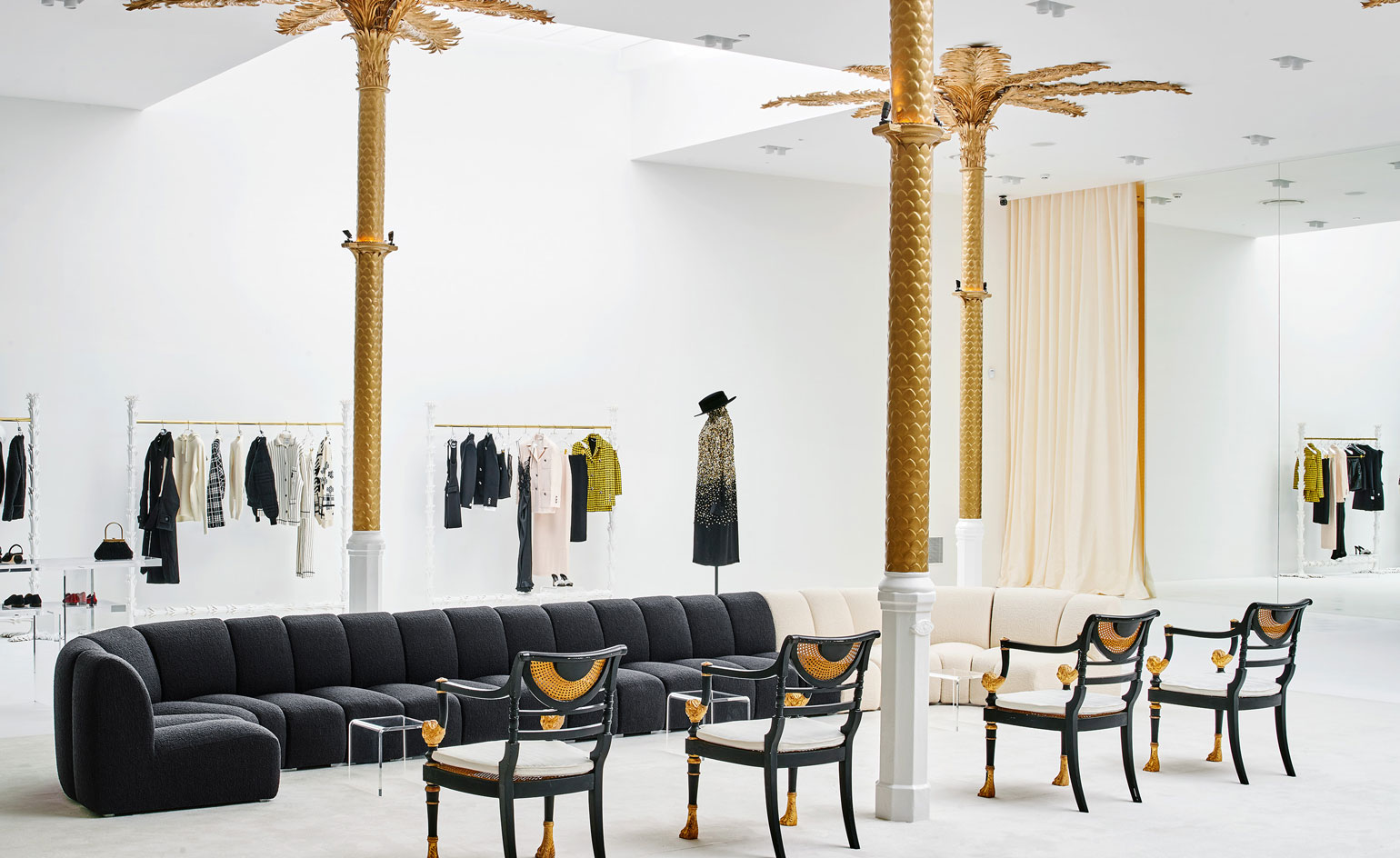 Barcelona’s Darial concept store boasts gold palm trees and art deco glamour
Barcelona’s Darial concept store boasts gold palm trees and art deco glamourGallery, store and eatery combine in the city's newest retail concept
-
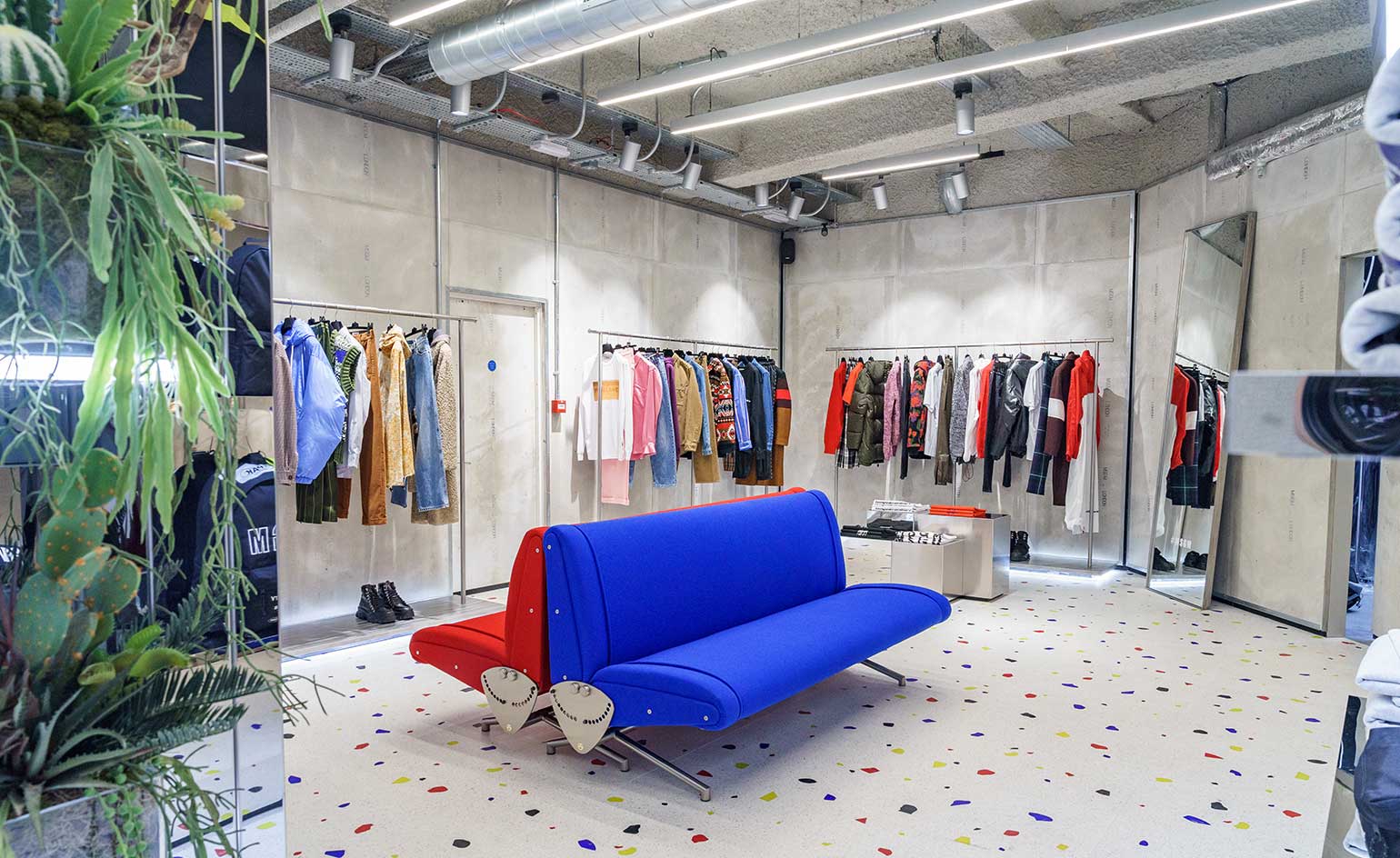 MSGM brings Italian pizzazz to London with new boutique
MSGM brings Italian pizzazz to London with new boutique -
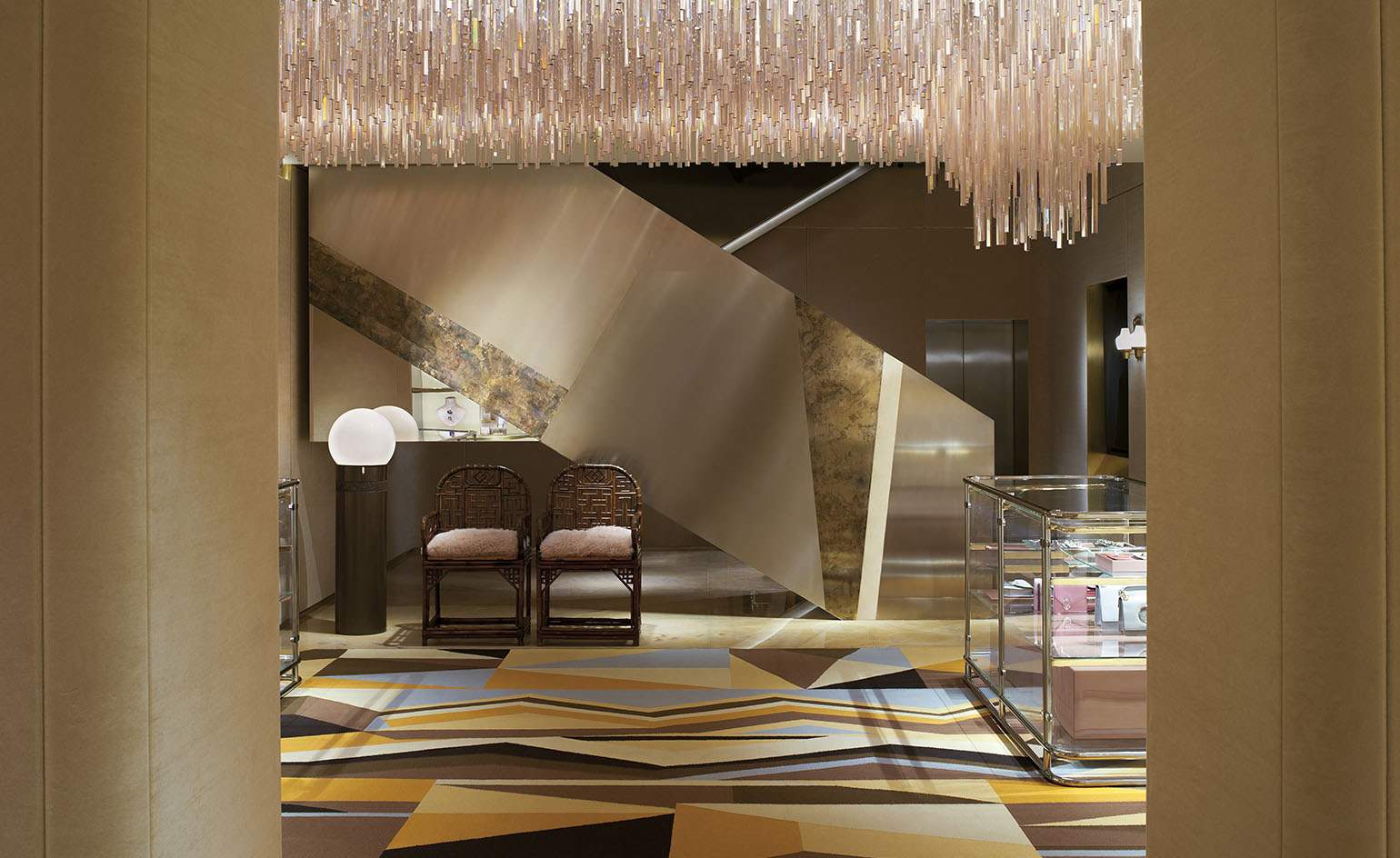 Retro revival: Dimore Studio unleashes 70s style at Fendi’s Sloane Street boutique
Retro revival: Dimore Studio unleashes 70s style at Fendi’s Sloane Street boutique -
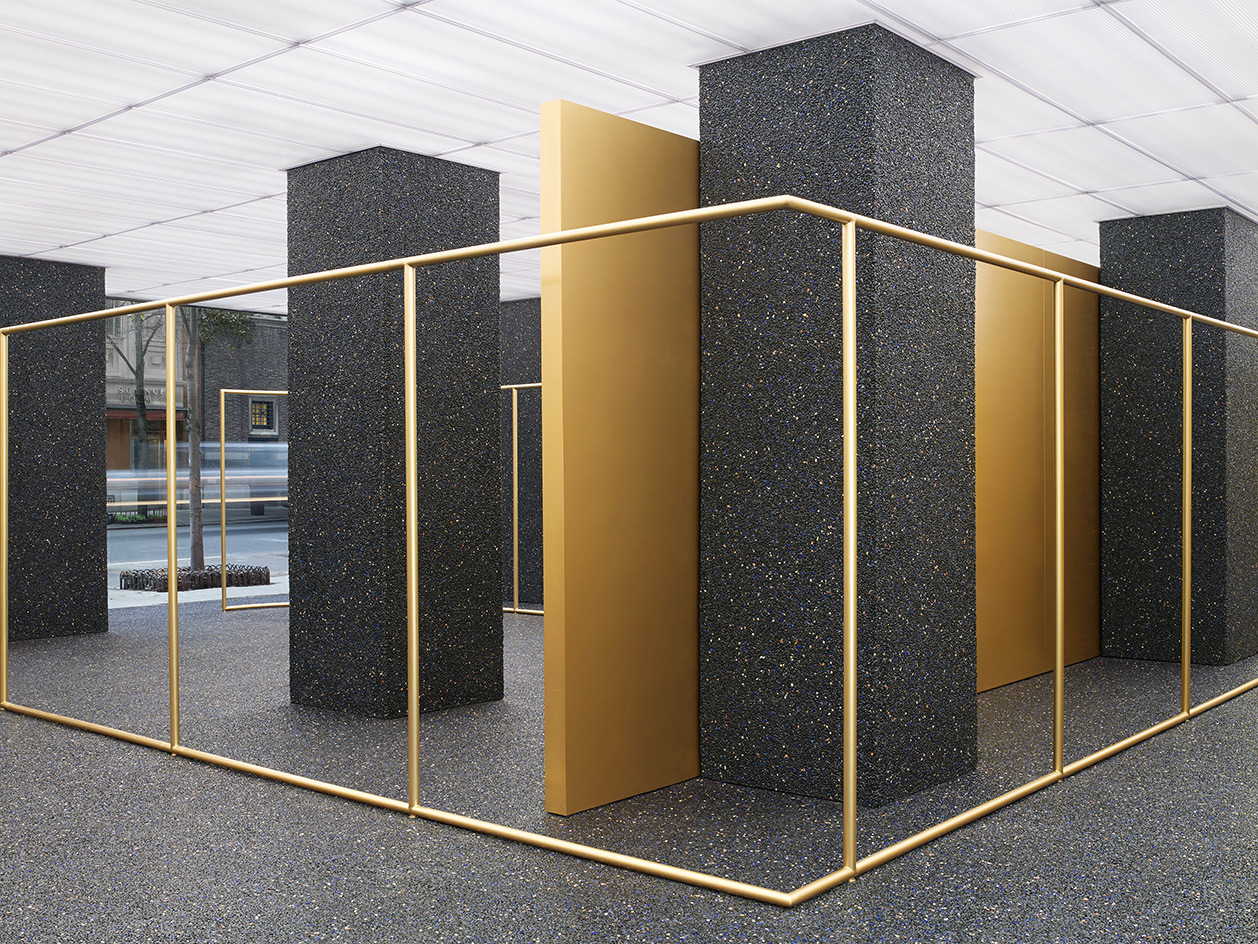 Acne Studios goes for gold in its Madison Avenue flagship
Acne Studios goes for gold in its Madison Avenue flagship -
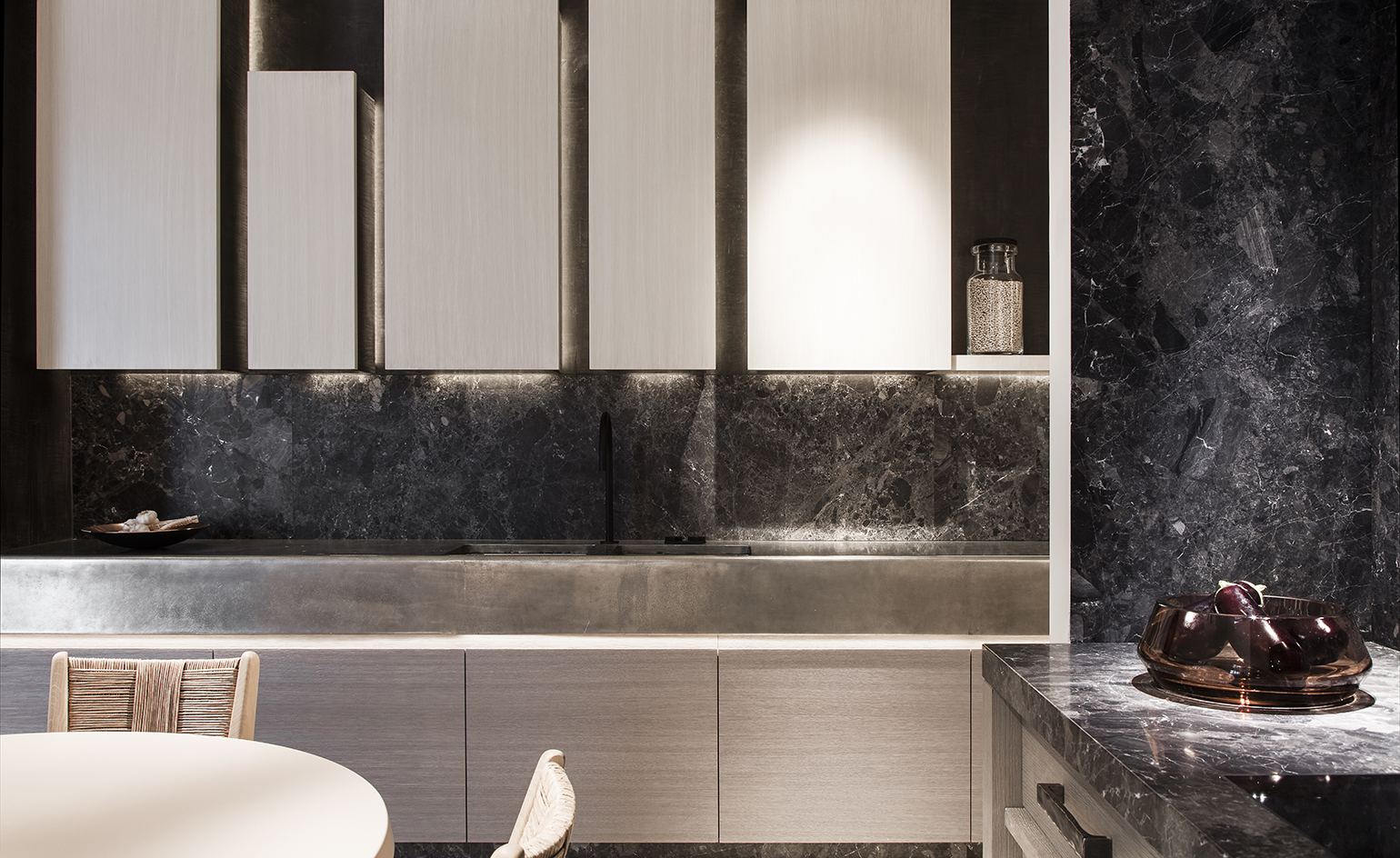 Showcase: Obumex launches updated Brussels flagship
Showcase: Obumex launches updated Brussels flagship